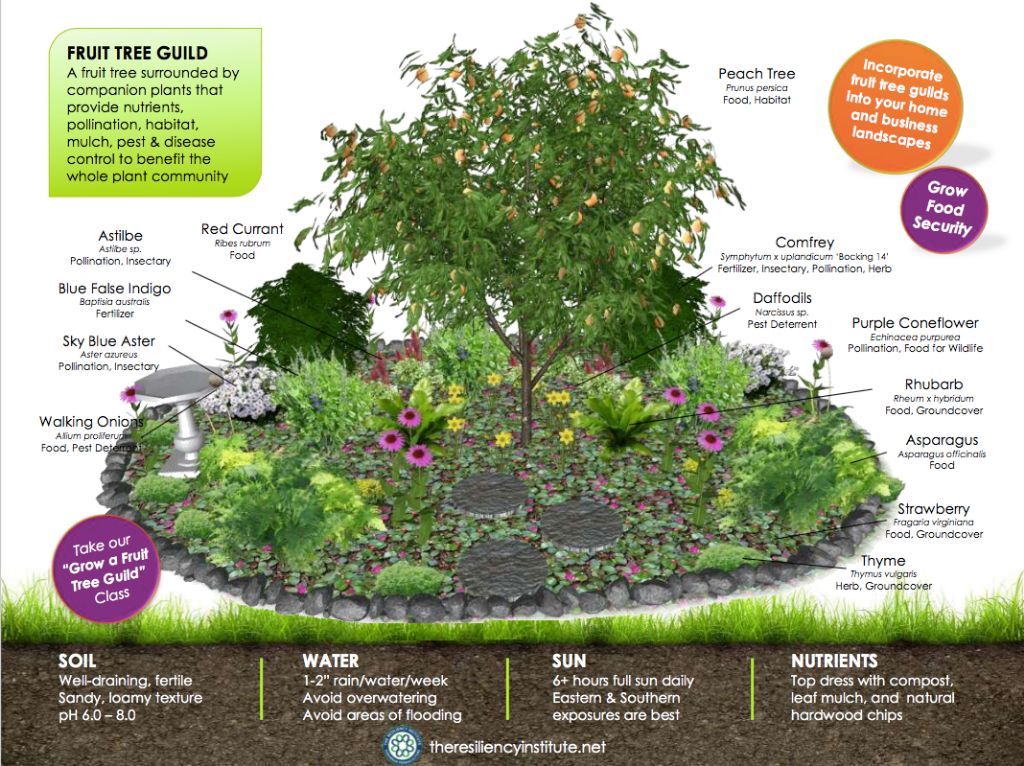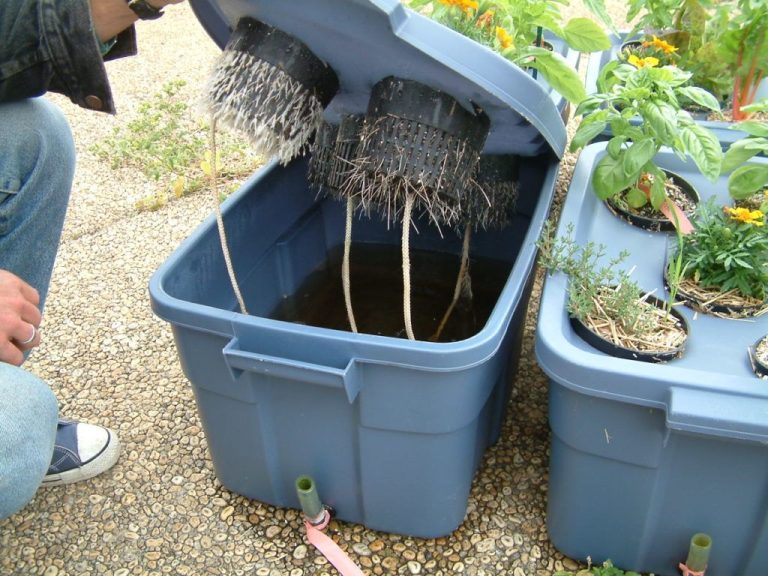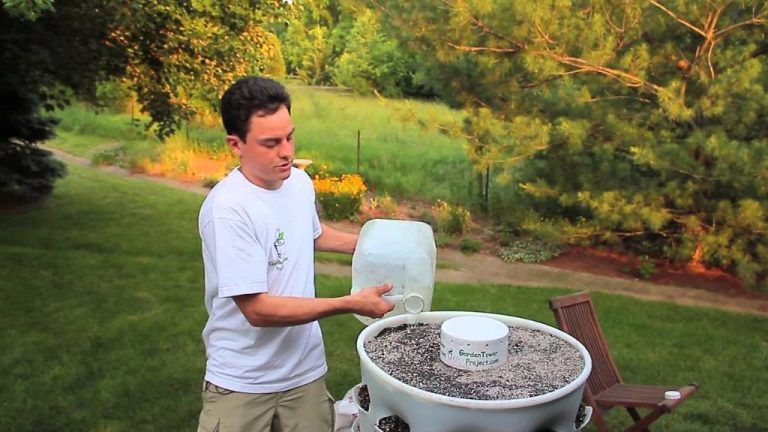Growing Fruits In Your Edible Garden: Tips And Techniques
Growing fruits in your own edible garden has many benefits and can be a rewarding experience. Fruit plants add beauty and color to your garden, provide tasty and nutritious produce, and also help attract pollinators. Some of the most popular homegrown fruits include berries, stone fruits like peaches and plums, pome fruits like apples and pears, citrus fruits, and tropical fruits in warmer climates.
Having an edible fruit garden provides several advantages. You can enjoy vine-ripened, fresh picked produce that often tastes better than store-bought fruits. Growing your own fruits allows you to control what goes into the plants, avoiding pesticides and chemicals. It also reduces your carbon footprint from shipping, and connects you more closely to your food source and the natural environment. Additionally, gardening provides stress relief, exercise, and educational opportunities.
This guide will provide tips on how to successfully grow delicious fruits in your own backyard or edible garden. It covers important topics like site selection, soil preparation, choosing varieties, planting, pollination, watering, fertilizing, pruning, and pest control. With the right care and maintenance, you can have a thriving edible fruit garden that supplies your kitchen with tasty, nutritious fruits.
Site Selection
Choosing the right location for your edible fruit garden is critical for the health and productivity of your plants. Fruiting plants need ample sunlight to thrive – most require at least 6-8 hours of direct sun per day during the growing season. This allows them to photosynthesize efficiently and produce sweet, flavorful fruits.
When scouting the perfect spot, check for drainage by digging a hole 12″ deep and filling it with water. If the water doesn’t fully drain within 12 hours, the soil may be too heavy or compacted for fruit plants, which require well-draining soil to avoid root rot. To improve drainage, you can mix in compost, mulch heavily, or consider building raised beds.
Make sure to give fruit trees enough space when planning your garden layout. Dwarf varieties still need 10-15 feet between trees, while full-sized trees need 20+ feet. Brambles like raspberries spread aggressively and need multiple feet between plants. Vining fruits like grapes should be trellised. Ensuring proper spacing allows for good air circulation and reduces disease.
With ample sun, well-draining soil, and enough room, your fruiting plants will be set up for success. Monitor sunlight patterns throughout the day and seasons to choose the optimal fruit garden location. Minor issues like shade can be amended, but a site with poor drainage or limited space will severely hinder growth and production.
Soil Preparation
Properly preparing the soil is one of the most important steps to ensure healthy fruit trees and productive yields. The soil should be tested prior to planting to determine the pH level and nutrient content. Most fruit trees prefer a slightly acidic soil with a pH of 6.0-6.5. According to the University of California’s Fruit and Nut Research and Information Center, the ideal pH range for most fruit trees is between 6.0-6.8 [1]. If the soil is too acidic, lime can be added to raise the pH. It’s easier to alter the pH prior to planting rather than trying to change it later.
The soil should also be loose and have sufficient organic matter, such as compost, to allow for good drainage and aeration. Compost helps retain moisture while providing nutrients for strong root growth. According to research from Cornell University, fruit trees require soil with at least 2-5% organic matter content for optimal growth [2]. If the native soil is heavy clay, it’s recommended to amend it with compost or other organic materials like peat, manure, leaf mold, etc. Test the drainage by digging a hole 18″ deep and filling it with water. If the water drains completely within 24 hours, the drainage is adequate.
It’s ideal to prepare the soil at least 6-12 months prior to planting fruit trees. This allows time for any amendments to fully incorporate. Start by loosening the soil at least 18-24 inches deep using a rototiller or digging fork. Mix in any required amendments evenly throughout the soil. Then water thoroughly to settle the soil before planting.
Selecting Fruit Varieties
When selecting fruit varieties for your edible garden, there are several important factors to consider:
Climate Considerations
Choose varieties that are suitable for your hardiness zone and match your region’s temperatures and rainfall. Some fruits like blueberries need cooler climates, while others like figs require hotter summers. Refer to zone maps to determine recommended types.
Disease Resistance
Look for disease-resistant cultivars if possible, as these will be less prone to common problems in your area. Disease resistance is especially important for fruits like apples and stone fruits. Ask at your local nursery for resistant varieties.
Pollination Needs
Many fruits require cross-pollination from another variety to set fruit. For example, plant two different apple cultivars that bloom at the same time. Or grow a self-fruitful variety that doesn’t need a pollinator. Understand pollination requirements before selecting.
Dwarf vs. Standard
Dwarf fruit trees reach 8-10 feet tall at maturity, while standards grow over 15 feet tall. Dwarf varieties are ideal for small spaces, while standards work better in orchards or large yards. Dwarfs may also fruit faster than standards.
Consult gardening guides like https://www.thompson-morgan.com/top-10-easy-to-grow-fruit for recommended fruits and varieties to grow in your climate.
Planting
When choosing the best time to plant fruit trees, it’s important to avoid extreme cold or heat. According to https://www.homesandgardens.com/advice/how-to-plant-fruit-trees, the ideal planting window is in “late autumn and winter – from November to March – while trees and bushes are dormant.” This avoids frost damage to new plantings while still allowing time for roots to establish before summer.

Proper spacing when planting fruit trees is crucial to allow adequate room for growth and sun exposure. As a general rule, dwarf and semi-dwarf trees should be spaced 8-10 feet apart with at least 6 feet between the trunk and nearest structure or other plants. Standard sized trees need more space, typically 15-20 feet apart (https://www.homesandgardens.com/advice/how-to-plant-fruit-trees).
When digging holes for new trees, make sure they are wide enough to easily accommodate the root ball or spread roots. A good guideline is digging a hole 2-3 times wider than the width of the root ball. The depth should allow the uppermost roots to sit just below the soil surface. Amend the soil removed from holes with compost to improve drainage and nutrients before backfilling.
Newly planted trees require regular watering for the first few years to encourage deep root growth. Provide around 5 gallons per week for young dwarf trees, increasing to 15-20 gallons for mature standard trees during dry periods (https://www.homesandgardens.com/advice/how-to-plant-fruit-trees).
Pollination
For fruit to develop on fruit trees and bushes, pollen must be transferred from the male part of the flower to the female part of the flower. This is called pollination. Some fruit varieties are self-pollinating while others require cross-pollination.
Self-pollinating varieties have male and female flower parts within the same blossom, so pollination can occur within a single flower. Examples of self-pollinating fruits include blueberries, peaches, nectarines, apricots, and sour cherries 1.
Cross-pollinating varieties require pollen from one variety to pollinate a different variety of the same fruit. Apples, pears, plums, sweet cherries, and some cultivars of peaches and nectarines need cross-pollination. To ensure cross-pollination, different compatible varieties that bloom at the same time must be planted within 30 feet of each other 2.
Strategies for successful cross-pollination include planting early, mid, and late blooming varieties close together and making sure pollinator-attracting plants are nearby. Planting a single cross-pollinating variety results in little to no fruit production.
Attracting native pollinators like bees, butterflies, hummingbirds, and bats will improve pollination. Provide food and habitat by planting pollinator-friendly flowers and avoiding pesticide use. Consider putting up bee boxes or bat houses too.
Watering
Proper watering is crucial for healthy fruit trees and high yields. Fruit trees generally require about 1-2 inches of water per week, either from rainfall or irrigation. This deep watering helps encourage deep root growth. It’s best to water fruit trees with drip irrigation or a soaker hose at the base of the tree. Avoid frequent, light watering, which can promote shallow roots.
Drip irrigation delivers water slowly and directly to the soil. It’s an efficient system that prevents water loss from evaporation and runoff. Drip irrigation works well for watering most fruit trees and vines. Run drip lines across the root zone outwards from the trunk. Make sure emitters provide water coverage for the entire root system as the tree grows. During hot, dry periods additional watering may be needed.
According to this source, fruit trees typically need a deep watering 1-2 times per week when young, depending on their size. And as mentioned in this guide, fruit trees often require a “deep soak” of watering for 30-40 minutes to reach 12-24 inches deep in the soil.
Fertilizing
Fertilizing fruit trees provides essential nutrients for growth and fruit production. When choosing a fertilizer, there are two main options – organic or chemical fertilizers. Organic fertilizers like compost, blood meal, bone meal, and manure release nutrients slowly over time. Chemical fertilizers like 10-10-10 or 16-16-16 offer a quick boost of nitrogen, phosphorus, and potassium. However, they don’t provide the long-term benefits of organic matter for improving soil health.
Organic fertilizers are recommended for most home fruit growers since they improve the soil while also feeding the plants. Compost, worm castings, or well-rotted manure can be used to top-dress around trees in early spring. Specific organic amendments like alfalfa meal, fish emulsion, bat guano, and kelp meal can also be used to target certain nutrients. When using chemical fertilizers, apply at half the recommended rate to avoid over-fertilizing.
Fertilizers should be applied when trees are beginning growth in early spring. Spread fertilizer around the base of the tree, a few inches away from the trunk, and water it in well. For potted trees, mix a soluble organic fertilizer like fish emulsion into the watering can. Avoid late summer fertilizing which can encourage new growth that is susceptible to frost damage. Follow label instructions for all fertilizer products.
Proper fertilization is key to fruit tree health. Choose organic options that nourish the soil and apply in the early spring for best results. Monitor growth and fruit production and adjust fertilizer rates accordingly in following years.[1][2]
Pruning
Proper pruning is essential for growing healthy, productive fruit trees. Pruning serves several important purposes:
- Improving sunlight and airflow – Removing crowded branches opens up the canopy of the tree, allowing more light to penetrate and better air circulation. This reduces fungal diseases. According to “How to Prune Fruit Trees in 8 Steps” from Mehranby Annursery, pruning allows sunlight and air to circulate within the tree, which can help prevent fungal diseases.
- Controlling growth – Pruning stimulates fruit bud growth while restricting vegetative growth. By cutting away new vertical shoots, you can maintain the tree at a manageable height. As noted in “Training and Pruning Your Home Orchard” from Oregon State University Extension, summer pruning of vigorous young trees can help restrict excessive growth.
- Increasing yield – Fruit is produced on two to five year old wood, so pruning away older non-productive branches encourages new fruitful wood. Pruning away suckers and water sprouts also directs the tree’s energy into fruit production.
Follow the basic pruning rules for your specific fruit type. Apples and pears: open vase system. Stone fruits: open center system. Go light the first year – you can always take off more later.
Pest and Disease Control
Growing fruit organically means avoiding synthetic pesticides and fungicides. However, pests and diseases can still be a problem. Here are some of the most common fruit tree issues and organic solutions:
Aphids – These small, sap-sucking insects can coat leaves and fruits. Blast them off the tree with water, or apply insecticidal soap or neem oil [1]. Ladybugs and lacewings will also feed on aphids.
Codling moth – This pest bores into fruits like apples and pears. Use pheromone traps, kaolin clay sprays, or Bacillus thuringiensis (Bt) to disrupt their life cycle [2].
Apple maggot – These larvae tunnel through apples. Hang red sphere traps coated with sticky glue during summer to catch adults before they lay eggs.
Scale insects – These immobile pests suck sap and secrete a waxy covering. Prune out infested branches. Use horticultural oil or insecticidal soap sprays to suffocate them.
To keep plants healthy, provide good growing conditions and promptly remove diseased material. Boost resistance with compost and compost tea. Monitor for problems and treat early before pests get out of hand.





